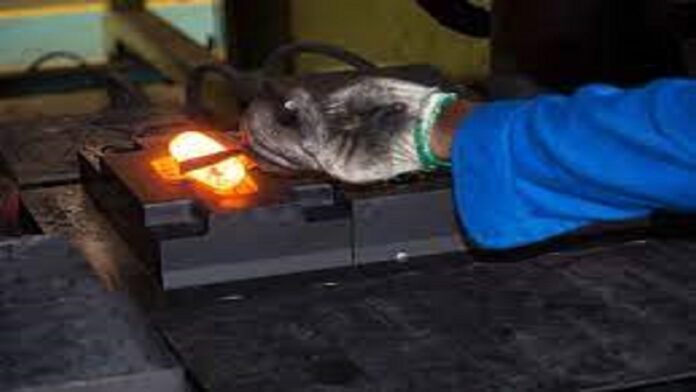Hot Die Forging is a specialized manufacturing technique that involves shaping metal parts by applying heat and pressure to a metal billet or ingot until it takes the desired form. This intricate process requires skilled craftsmanship and precision engineering to produce high-quality parts that meet stringent industry standards. In hot die forging, the metal is heated to a specific temperature and then placed in a custom-made die, a tool designed to shape the metal into the desired configuration. Let us explore the art of hot die forging and how it enables the creation of durable and reliable components for various industries.
The Benefits of Hot Die Forging:
Hot die forging offers several advantages over other manufacturing processes, making it a popular choice for producing high-quality parts. Firstly, the intense heat applied during hot die forging helps to refine the grain structure of the metal, enhancing its mechanical properties such as strength, toughness, and fatigue resistance. It results in parts that exhibit superior performance under demanding conditions. Additionally, hot die forging allows for complex shapes and intricate details to be accurately reproduced, ensuring dimensional accuracy and tight tolerances. The process also minimizes the occurrence of defects like porosity and inclusions, further enhancing the integrity of the final product.
The Role of Skilled Craftsmanship:
Hot die forging is as much an art form as a manufacturing process. Skilled artisans play a crucial role in ensuring the success of each forging operation. These experts meticulously plan the forging sequence, considering the material properties, die design, and the specific requirements of the part. They carefully control the heating process to achieve the optimum temperature for forging, ensuring uniformity and avoiding overheating or underheating of the metal. The artisans utilize their experience and expertise to apply precise pressure during the forging operation, ensuring proper material flow and avoiding defects. Their attention to detail and ability to make adjustments on the fly is vital in creating high-quality parts through hot die forging.
Applications of Hot Die Forging:
Hot die forging is utilized in various industries where high-performance components are required. It is commonly employed in automotive manufacturing for producing critical parts such as crankshafts, connecting rods, and steering knuckles. The aerospace industry also relies on hot die forging to create components like turbine discs, landing gear parts, and structural elements. Other sectors, including oil and gas, power generation, and heavy machinery, benefit from the strength and durability offered by hot die-forged parts. Additionally, hot die forging finds extensive applications in producing motorcycle parts, such as crankshafts, connecting rods, and transmission gears, due to its ability to enhance material strength, improve dimensional accuracy, and achieve intricate shapes with excellent mechanical properties.
Conclusion:
Hot die forging is a specialized art form that combines craftsmanship, engineering precision, and advanced manufacturing techniques to produce high-quality parts. The process offers numerous advantages, including improved mechanical properties, dimensional accuracy, and defect-free components. Skilled artisans and stringent quality control measures ensure that the forged parts meet the highest industry standards. With its wide range of applications, hot die forging is crucial in various industries, providing reliable and durable components that power our modern world.










